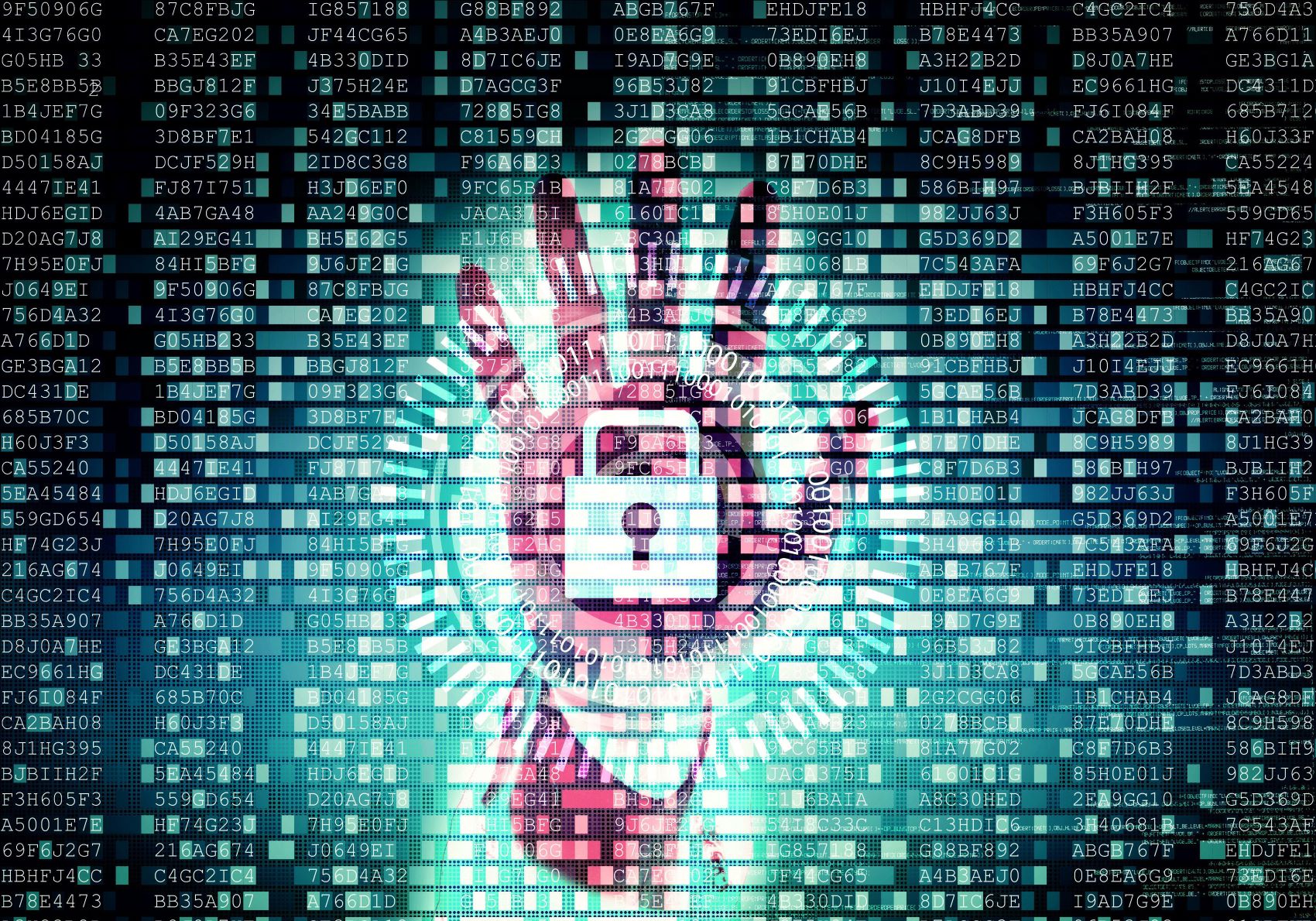
WWW.INFORMATIONWEEK.COM
3 Strategies For a Seamless EU NIS2 Implementation
Businesses everywhere face pressures to enhance their security postures as cyberattacks across sectors rise. Even so, many organizations have been hesitant to invest in cybersecurity for a variety of reasons such as budget constraints and operational issues. The EUs new Network and Information Security Directive (NIS2) confronts this hesitancy head on by making it mandatory for companies in Europe and those doing business with Europe to invest in cybersecurity and prioritize it regardless of budgets and team structures.What Is NIS2?The first NIS Directive was implemented in 2016, which was the EUs endeavor to unify cybersecurity strategies across member states. In 2023, the commission introduced the NIS2 Directive, a set of revisions to the original NIS. Each member state was required to implement the NIS2 recommendations into their own national legal systems by October 17, 2024.The original NIS focused on improving cybersecurity for several sectors, such as banking and finance, energy and healthcare. NIS2 expands that scope to other entities, including digital services, such as domain name system (DNS) service providers, top-level domain (TLD) name registries, social networking platforms and data centers, along with manufacturing of critical products, such as pharmaceuticals, medical devices and chemicals; postal and courier services; and wastewater and waste management.Related:Organizations in these industries are now required to implement more robust cyber risk management practices like incident reporting, risk analysis and auditing, resilience/business continuity and supply chain security. For example, member states must ensure TLD name registries and domain registration services collect accurate and complete registration data in a dedicated database. The new regulations also strengthen supervision and enforcement mechanisms, requiring national authorities to monitor compliance, investigate incidents and impose penalties for non-compliance.The goal of these new measures is to ensure the stability of societys infrastructure in the face of cyber threats. Entities in the EU will benefit from adopting these security measures over the long run, better preventing a devastating cyberattack. In doing so, they will also avoid the NIS2 penalties, which are significantly more punitive and clearly defined than those created under the original directive.Impact on OrganizationsMuch like how the European Unions General Data Protection Regulation (GDPR) reset the standard for privacy globally, NIS2 sets clear requirements for businesses to establish stronger security defenses, but not without a cost. Failing to comply can lead to severe financial penalties and legal implications.Related:The official launch of NIS2 in October was met with mixed reactions. While some organizations could testify, they had been preparing all along, many others had left NIS2 on the backburner. In addition, as a result of the new sectors covered by NIS2, there were businesses that did not initially believe they would be impacted and therefore had not laid their own groundwork.All this said, it will be interesting to see how penalty enforcement plays out in 2025. If organizations dont demonstrate compliance early in the new year, or at least show progress toward becoming compliant, I predict we will start to see consequences, though it may be too soon to tell which sectors will face them first.To those still grappling with NIS2 implementation, it may understandably seem like a daunting task, but it does not have to be. Here are three actions organizations can take today to ensure a more seamless NIS2 implementation:1. Evaluate your business partners. NIS2 is not just about strengthening one business security; It also demands businesses thoroughly evaluate every entity they engage with in their supply chain. A chain is only as strong as its weakest link, and the same can be said for businesses and their partners security postures. It is essential for organizations to audit their partners to ensure every entity they do business with meets NIS2 requirements. Evaluating any security gaps now can help to avoid overlooked issues down the road.Related:2. Consolidate your domains. We have heard anecdotally that some businesses are not fully aware of their domain registrars or who is responsible for managing and securing the domains within their organization. This lapse in knowledge creates more than siloed work environments; it can cause major repercussions when it comes to secure domain management and NIS2 compliance. Taking a more consistent, consolidated approach to managing and securing domains helps strengthen an organizations overall domain security and checks one more task off the teams compliance checklist.3. Stay security-minded, organization-wide. With new NIS2 requirements, businesses must report cybersecurity incidents within 24 hours. This demand requires an organization-wide culture shift to a more security-minded approach to the way they do business. For example, businesses may need to evaluate what cybersecurity protocols they have in place to secure the way they interact with their customers and their supply chain. Without security being top-of-mind, businesses may miss NIS2 requirements that could lead to revenue loss, loss of customers and even dents in their reputation. This shift doesnt happen overnight but working with partners that are security-minded helps organizations stay a step ahead in their security.As cybercriminals become more elusive in targeting reputable organizations, and as global geopolitical tensions leave many companies in the crossfires of nation-state attacks, adhering to NIS2 standards becomes all the more critical. These three strategies are guiding principles for organizations to contribute to a safer, more secure enterprise environment in Europe and around the world.
0 Yorumlar
0 hisse senetleri
132 Views


